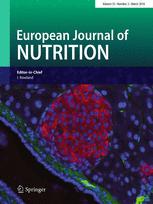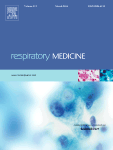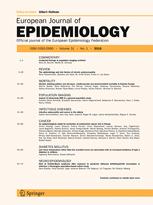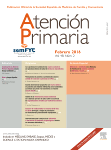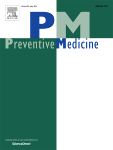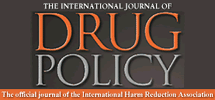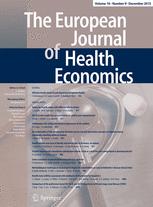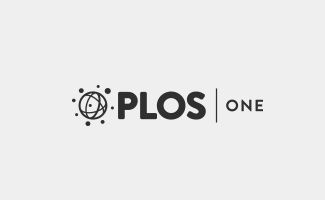A Nested Case–Control Study of Metabolically Defined Body Size Phenotypes and Risk of Colorectal Cancer in the European Prospective Investigation into Cancer and Nutrition (EPIC)
Background Obesity is positively associated with colorectal cancer. Recently, body size subtypes categorised by the prevalence of hyperinsulinaemia have been defined, and metabolically healthy overweight/obese individuals (without hyperinsulinaemia) have been suggested to be at lower risk of cardiovascular disease than their metabolically unhealthy (hyperinsulinaemic) overweight/obese counterparts. Whether similarly variable relationships exist for metabolically defined body…




